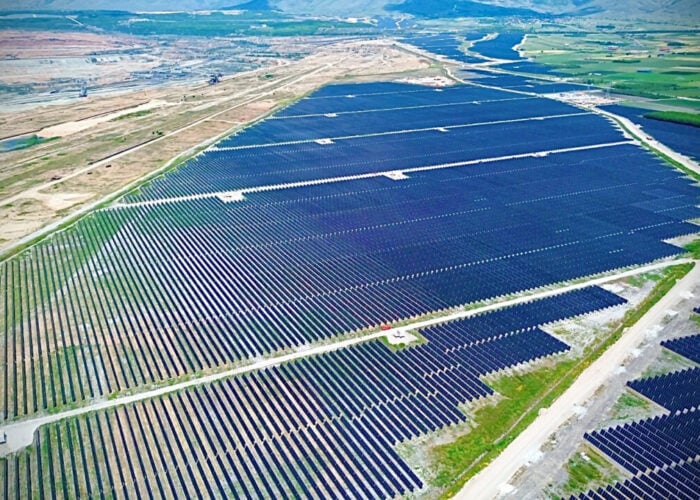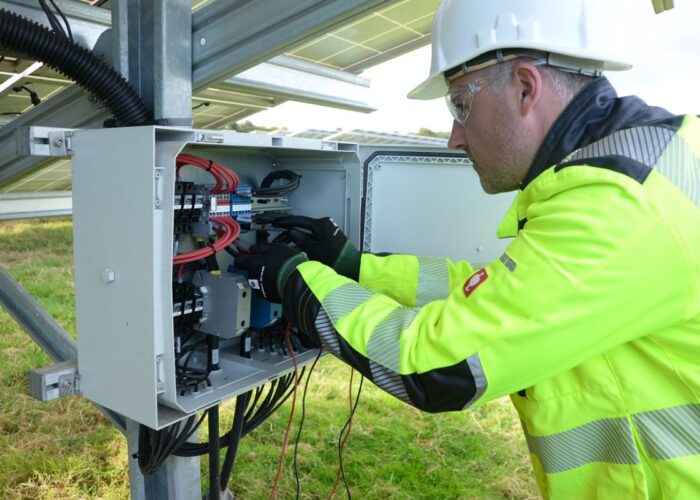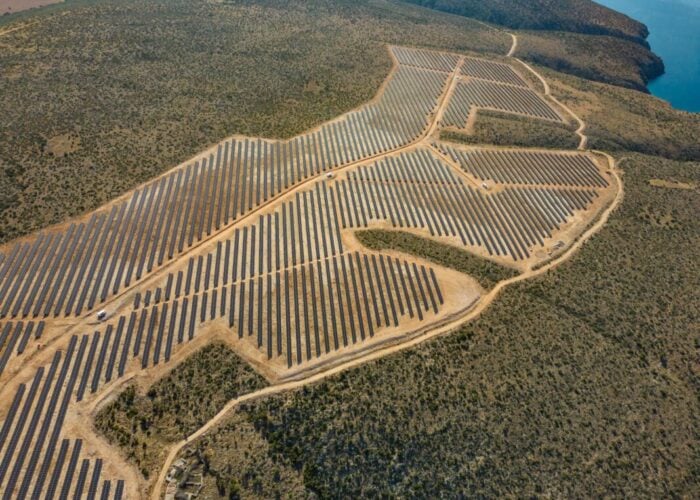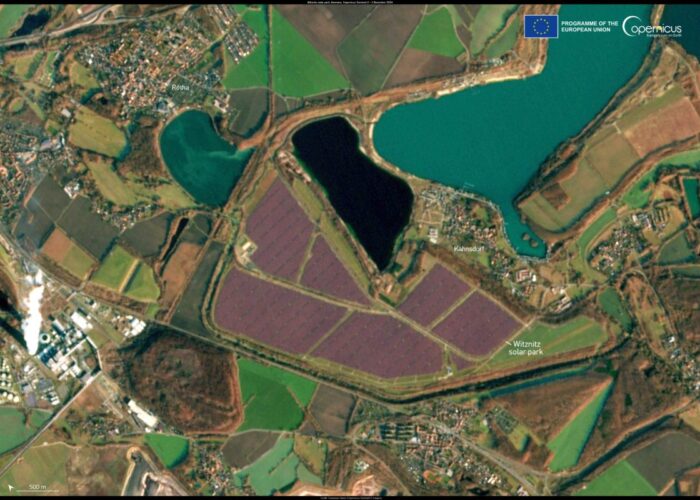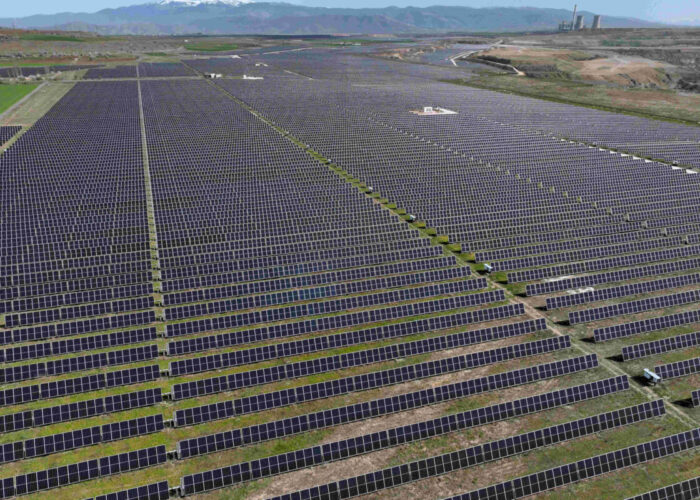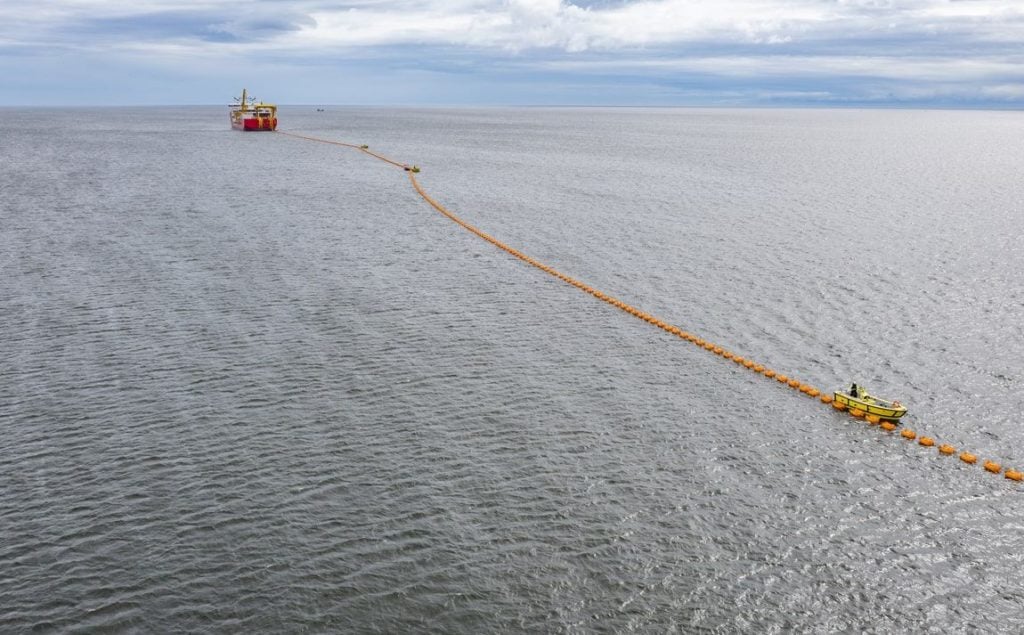
Electrification cable manufacturer Nexans has been awarded a €1.43 billion (US$1.59 billion) contract for a portion of the EuroAsia Interconnector subsea cable, connecting Greece and Cyprus.
The contract will see Nexans lay subsea 525kV HVDC Mass Impregnated cables between the two countries. Once completed, the EuroAsia Interconnector will consist of two ‘poles’ of 900km each, laid on the Mediterranean seabed at depths of more than 3,000 metres.
Unlock unlimited access for 12 whole months of distinctive global analysis
Photovoltaics International is now included.
- Regular insight and analysis of the industry’s biggest developments
- In-depth interviews with the industry’s leading figures
- Unlimited digital access to the PV Tech Power journal catalogue
- Unlimited digital access to the Photovoltaics International journal catalogue
- Access to more than 1,000 technical papers
- Discounts on Solar Media’s portfolio of events, in-person and virtual
The cable will be the world’s largest interconnector, and will be able to transfer up to 1,000MW of power between Greece, Cyprus and Israel, with the aim of providing more secure energy supply to Cyprus, which has previously been isolated. It is due for completion in 2029.
“We are proud that after 12 years of hard work the world’s longest and deepest subsea HVDC electricity interconnector built by Nexans will put Cyprus on the world energy map, while also ending the energy isolation of Cyprus, the last non-interconnected EU member state, and Israel,” said Nasos Ktorides, CEO of the EuroAsia Interconnector.
“The EuroAsia Interconnector Israel-Cyprus-Greece electricity interconnector is a leading European project of common interest PCI 3.10 that ends the energy isolation of Cyprus and Israel, creates security of supply, significantly reduces the CO2 emissions, and serves the “Green Deal” of the European Commission,” he continued.
Being one of the EU’s “projects of common interest” means that the interconnector benefits from faster planning and permitting, increased public participation and lower administrative costs. Inclusion in the scheme also requires contribution towards the EU’s climate and decarbonisation goals, so much of the power transferred by the cable will be from renewable energy sources.
A similar 600MW subsea connection between Italy and Tunisia is also included in the scheme and received EU funding last December.
Greece is one of Europe’s key emerging solar PV markets, and was featured in the most recent (35th) edition of our downstream journal, PV Tech Power. A recent feature discussed the importance of loosening grid constraints in enabling the Greek solar market to grow.

